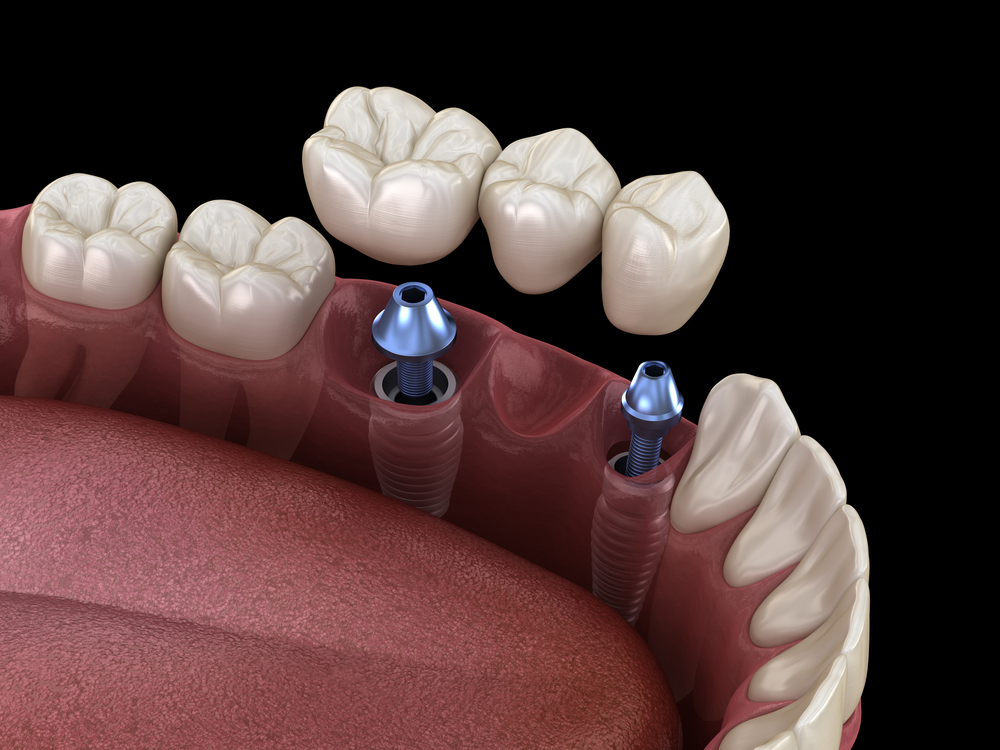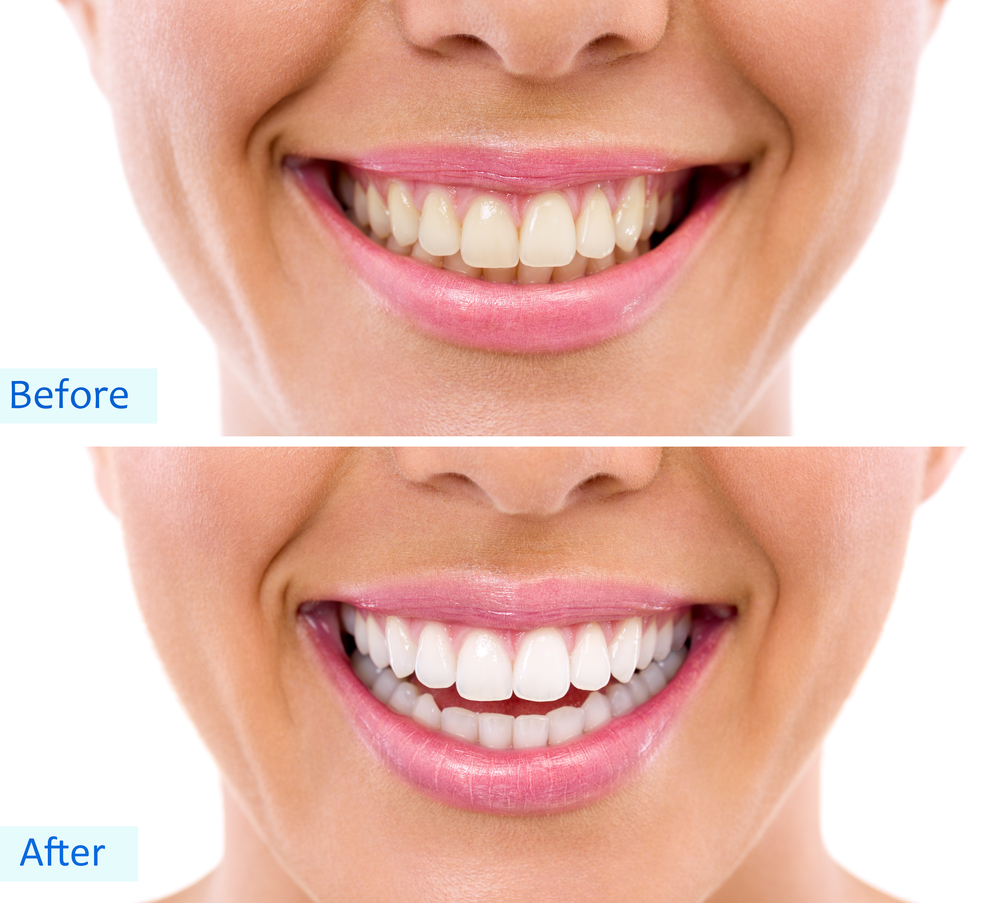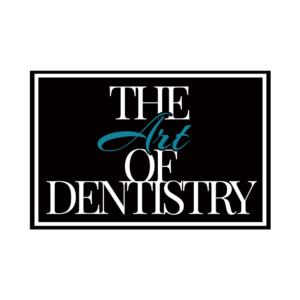What Procedures Are Included in Cosmetic Dentistry?
- Get link
- X
- Other Apps
What Procedures Are Included in Cosmetic Dentistry?
Unlike general dentistry, cosmetic dentists not only are able to combine the science of oral medicine with the latest in technology, they have an eye for aesthetics and symmetry and are able to uniquely tailor their services to each patient. However, most cosmetic dentists also offer general dentistry services alongside their cosmetic procedures.
Typically, if you opt to go to a cosmetic dentist, you can expect services in these areas:
- Cosmetic dentistry
- Implant dentistry, and
- General dentistry
Cosmetic Dentistry
Cosmetic dentistry practices are usually reserved for procedures that improve the aesthetic appearance of the teeth and gums. Cosmetic dentistry procedures focus on improving the color, position, shape, size, alignment of your smile.
To achieve this, a cosmetic dentist may use the following procedures:

Crowns and Bridges
Crowns are also a customized approach to fixing teeth which may be either poorly shaped or broken. A cosmetic dentist may recommend caps in order to support a tooth that has a large filling when there isn’t enough natural tooth structure remaining or to protect a weak tooth from fracturing. Sometimes referred to as caps, these are typically made from acrylic or porcelain and fused to metal to withstand biting pressure.
Teeth straightening
For a long time, straightening your teeth meant months of painful, bulky wires which needed to be routinely tightened and adjusted. No more! Now, cosmetic dentists use Invisalign®, a clear, medical-grade plastic that’s nearly invisible. But not only are they nearly imperceptible, they are also custom-fit for max comfort and ease. Whether it’s crooked teeth, misalignment, gaps or overcrowding, Invisalign can help correct all of the same issues traditional braces can…but without all the hassle and discomfort.
Porcelain Veneers
To improve the look of teeth, cosmetic dentists custom-make thin, shell-like material which is then applied to the front of a patient’s tooth. Veneers can help alleviate concerns with crooked, discolored or damaged teeth and even minimize large spaces.
Teeth Whitening
Teeth Whitening. Among a wide variety of cosmetic complaints, studies show that 18-52% of people are unhappy with the color of their teeth. Luckily this is a relatively easy problem to address, and usually involves a customized, reusable mold which can then be taken home along with a supply of medical-grade teeth whitener. While there are many over-the-counter options, cosmetic dentists are able to provide much more effective, less-irritating and longer lasting results than what can be bought at a drugstore.
Tissue Reshaping/Laser Gum Surgery: Also called “gum contouring,” this process is the realignment of the gum line. The shape of our teeth and gums are largely genetic, however, other factors, such as smoking, medication and diet can impact our gum lines. Sculpting the gum line so that it doesn’t rest too high or too low is an art, and is typically not considered a medically required procedure.

Maxiofacial Surgery
A maxillofacial surgeon is a specialist, often in the dental field (such as cosmetic dentist), with advanced medical knowledge regarding conditions affecting:
- Teeth
- Jaw
- Facial bones
- Soft tissues
This type of surgery is typically recommended for those with bite abnormality, chronic facial pain, cleft lip and/or palate, bone-fused dental implants, poorly-executed tooth extractions, or facial injuries.
Implant Dentistry
Implant dentistry typically encompasses the realm of functional improvement; however, implants also have aesthetic side effects as well. Dental implants are a type of prosthesis that is joined with the bone of the jaw or skull to support dental elements such as crown, bridge, or denture.
- Endosteal Implants: Endosteal implants are perhaps the most common implant type. These implants are usually made of titanium and are screwed into the jawbone, protuding through the gum to hold the replacement tooth, or teeth, in place. They usually work well for most patients, but require candidates to have a strong, healthy jawbone. Those with osteoperosis or other bone issues will likely not be good candidates for this implant type.
- Subperiosteal Implants: For those who have bone issues or whose jawbone is not healthy enough to support an endosteal implant may be considered for subperiosteal implants. Subperiosteal implants are made from titanium alloy, and unlike the endosteal implants are anchored on or above the jawbone using a metal frame instead of being drilled into the jawbone itself. The frame is made with a series of posts that support the prosthetic teeth, much like a crown or denture.
- Zygomatic Implants. Zygomatic dental implants are perhaps the least commmon implant type and are made specifically for those with severe bone loss. These implants are designed with a much longer, angled screw which are placed into a patient’s cheekbone, or the zygoma. The cheekbone is a dense structure and provides a long-lasting support for the implant. With this procedure, no bone grafting is required and can be used in conjunction with other implant types, but some patients have reported an onset of sinustis as a result of the implant.
General Dentistry
Just like it sounds, general dentistry handles all the routine procedures for maintaining overall dental health. This includes:
- Routine cleaning: In addition to the cleaning and flossing you do at home, at least once a year a dentist will recommend a more comprehensive cleaning in the office. This often includes scaling, flossing, brushing, and a fluoride treatment that helps strengthen teeth and prevent cavities.
- Gum disease treatment: Typically, regular cleanings and routine checkups do the trick to clear up moderate gum disease before it causes permanent damage. For more advanced gum disease and bone loss, a cosmetic dentist may prescribe a course of antibiotics or suggest surgical options, such as bone or tissue grafts.
- Sedation dentistry: Like other dentists and orthodontists, cosmetic dentists understand the anxiety that accompanies dental work. Trained sedation dentists use treatment options which allows patients to remain conscious. Typically, the level of consciousness is dependent on the level of fear and the type of procedure being done. Sedation dentistry allows for a customized approach so the patient is as relaxed, comfortable and safe as possible during the procedure.
- Fillings: Dental fillings help address varying levels of decay, and can also be used to mitigate cavities and repair injured or cracked teeth.

About Us
Located in San Diego, Dr. David Landau, Dr. Lawrence Addleson and their extraordinary team are widely recognized for their top-quality smile designs. They have been awarded with recognition from their peers for many consecutive years and have been credited for the “whole body” approach to cosmetic dentistry.
What Procedures Are Included in Cosmetic Dentistry? posted first on https://artofdentistrysandiego.blogspot.com
- Get link
- X
- Other Apps
Comments
Post a Comment